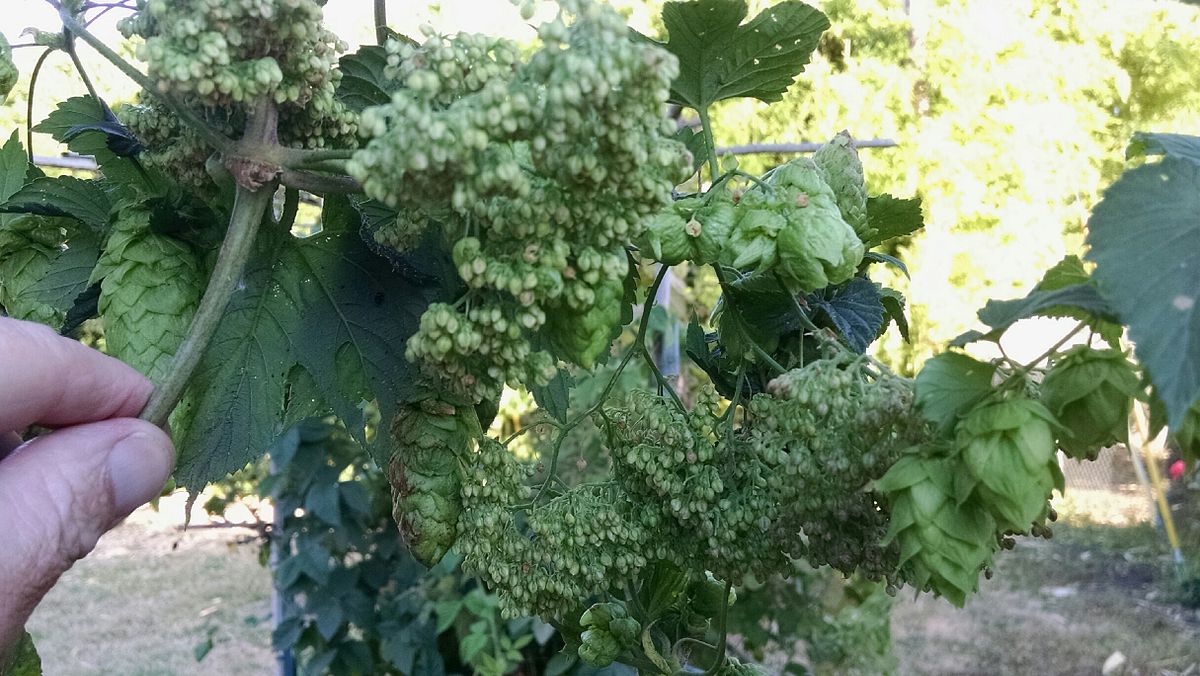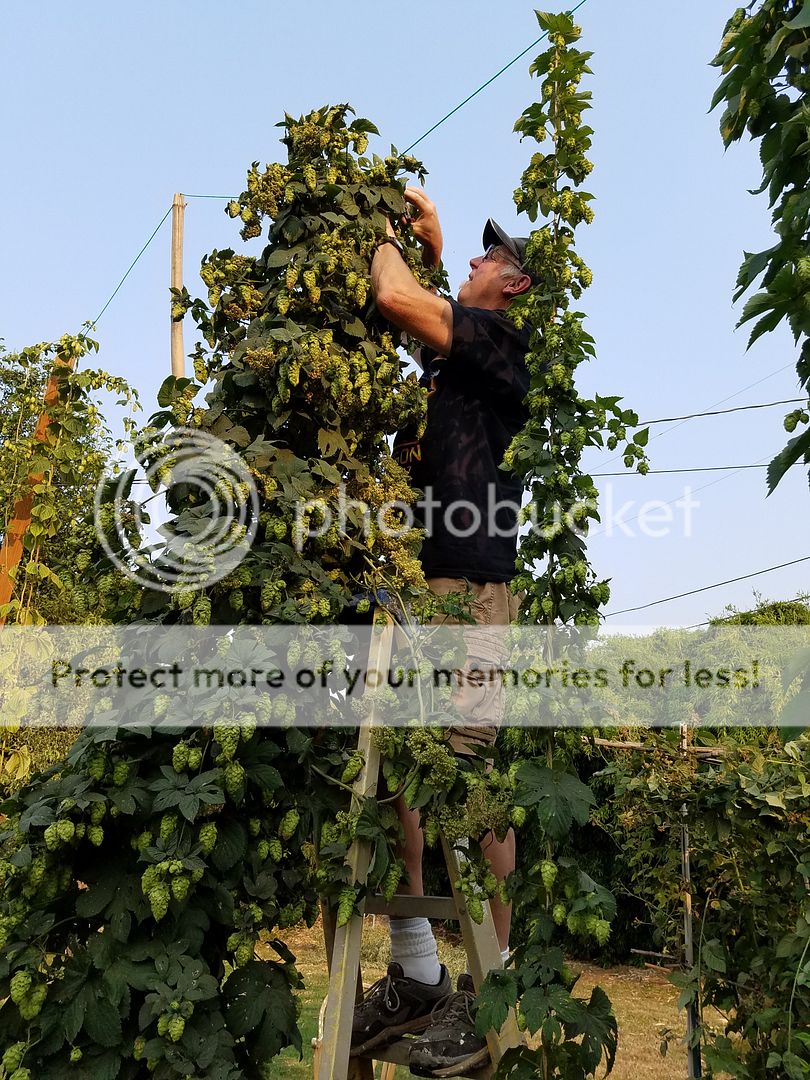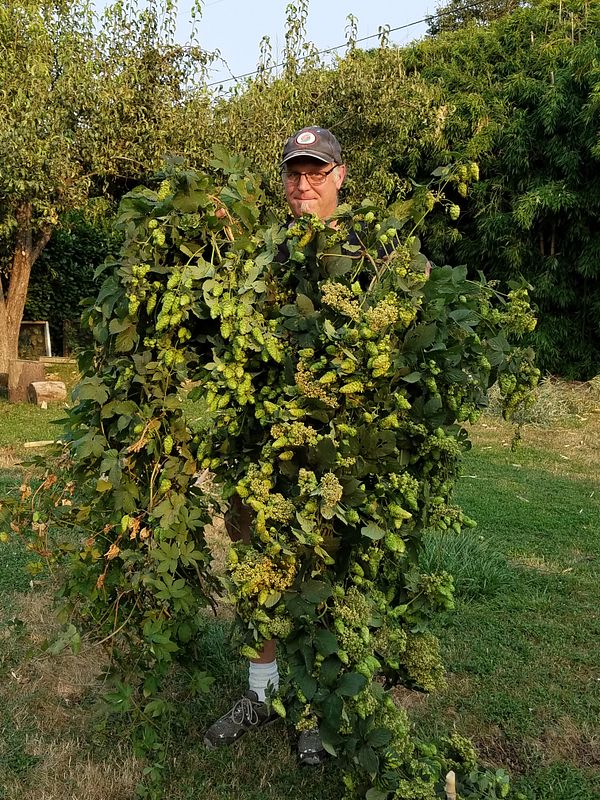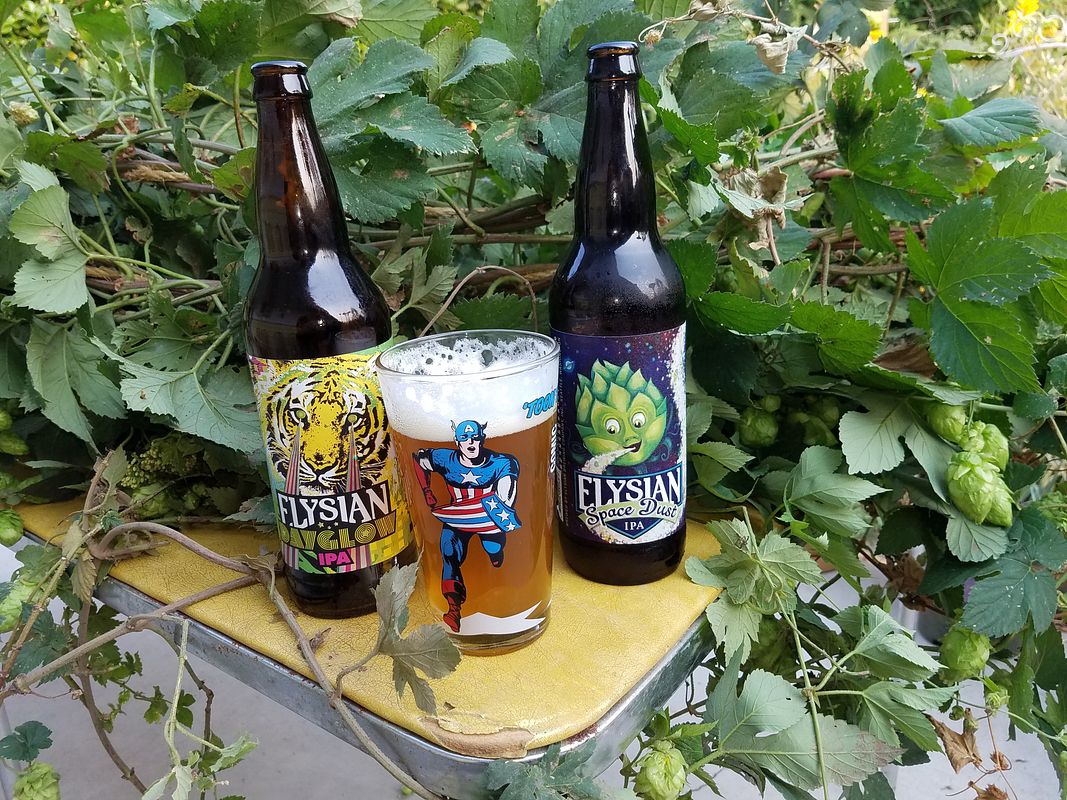user 125772
Well-Known Member
- Joined
- Jul 18, 2012
- Messages
- 941
- Reaction score
- 272
I have about 5 or 6 clumps of growth like this on my EKG. I guess they are seeds. I don't know if they have a use or not.

I noticed a clump of growth like that on my Columbus bines the other day too.
I assumed they're seeds as well, most likely infertile since there are no male plants around.












![Craft A Brew - Safale BE-256 Yeast - Fermentis - Belgian Ale Dry Yeast - For Belgian & Strong Ales - Ingredients for Home Brewing - Beer Making Supplies - [3 Pack]](https://m.media-amazon.com/images/I/51bcKEwQmWL._SL500_.jpg)





















































